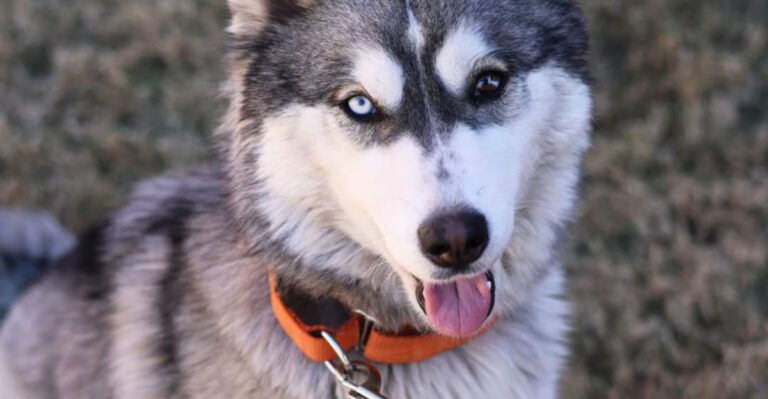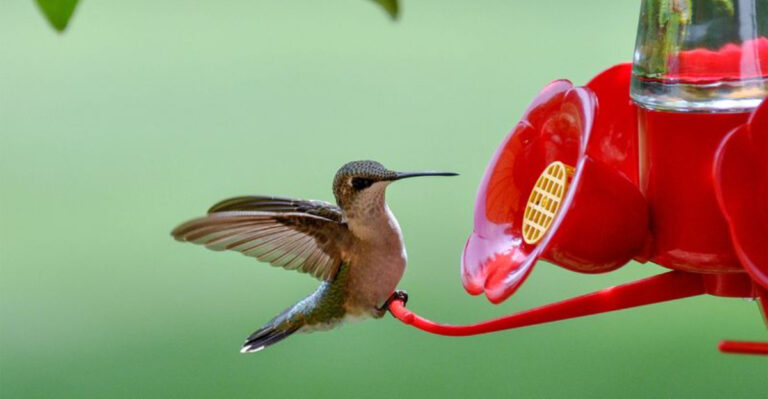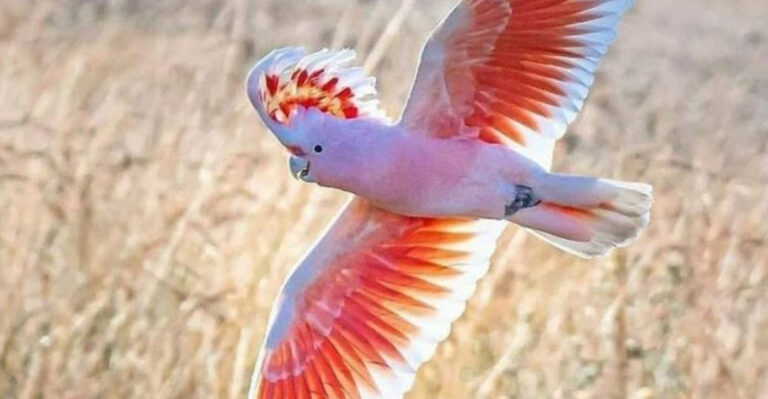The 5 American Bully Breeds (And 10 Things That Set Each One Apart)
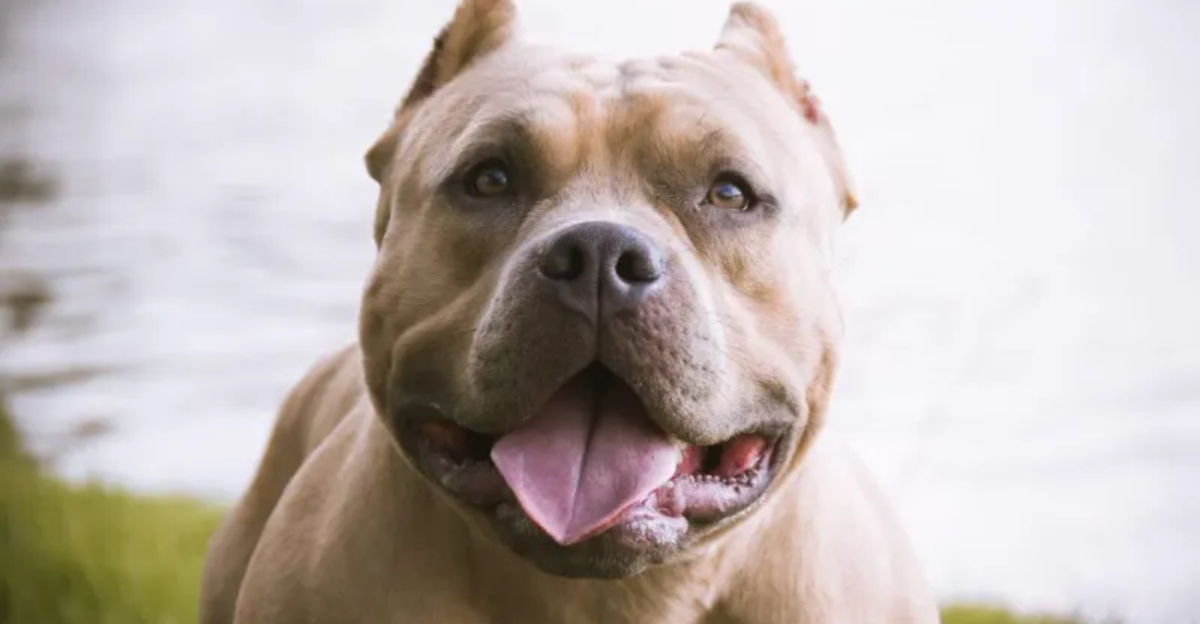
American Bully dogs have stolen the hearts of many dog lovers with their muscular bodies and sweet personalities. These powerful pups come in five distinct breeds, each with unique traits that make them special.
Whether you’re considering adding one to your family or simply curious about these lovable canines, understanding what sets each breed apart will help you appreciate their remarkable qualities.
1. American Bully Standard: The Original Blueprint
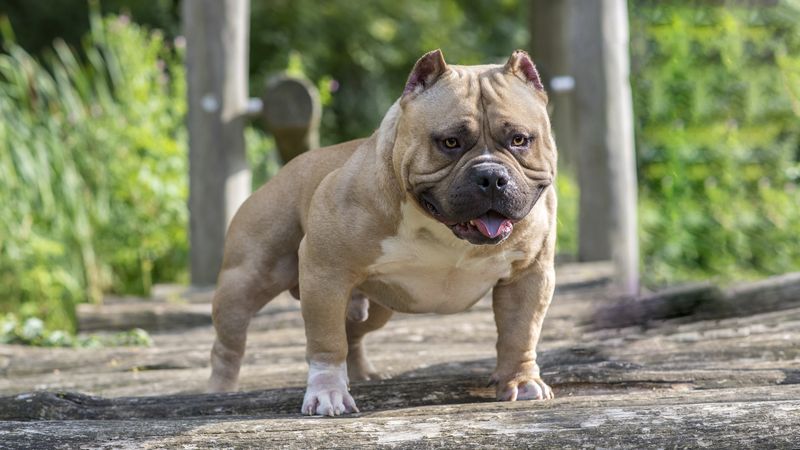
Standing as the foundation of the American Bully family, the Standard variety showcases the perfect balance of muscle and mobility. These stocky companions typically weigh between 50-80 pounds with males reaching 17-20 inches at the shoulder.
Their broad chests and substantial bone structure give them an impressive presence without sacrificing agility. Despite their tough exterior, Standards are known for their extraordinarily gentle temperament with children.
Fun fact: The Standard was the first American Bully variety officially recognized, serving as the template from which all other types were developed!
2. American Bully Pocket: Compact Powerhouse
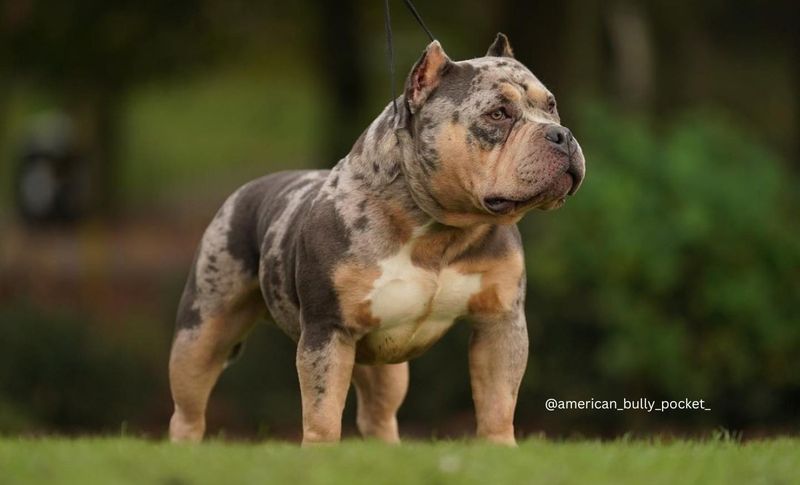
Don’t let the name fool you—these dogs aren’t actually pocket-sized! Pocket Bullies pack all the muscle and charisma of their Standard cousins into a more compact frame, typically standing under 17 inches tall for males.
Their shorter stature doesn’t diminish their confidence or presence. With exaggerated features like wide shoulders and pronounced musculature, these little tanks often surprise people with their athletic abilities.
3. American Bully XL: Gentle Giant
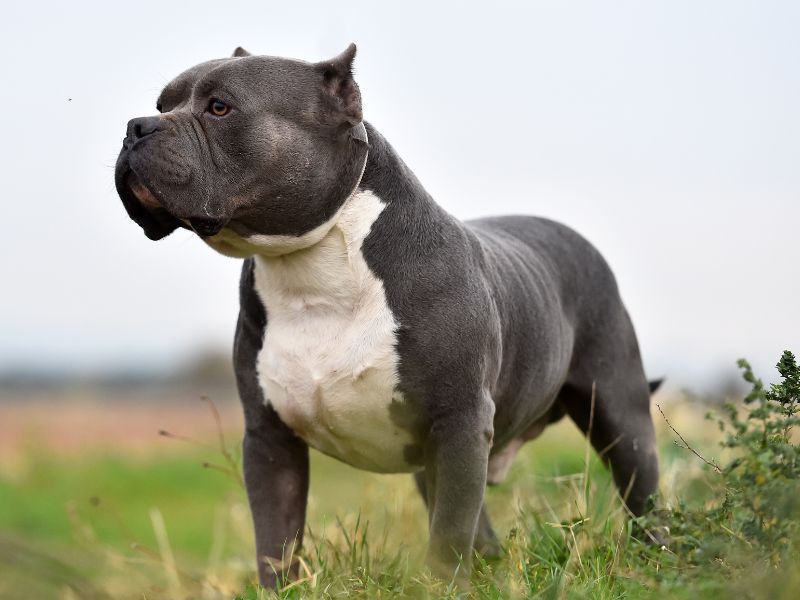
Towering over other Bully varieties, the XL commands attention with males standing 20-23 inches at the shoulder and often weighing over 100 pounds. Their massive heads, substantial bone structure, and impressive muscle definition create an awe-inspiring silhouette.
What surprises most people is how these giants carry themselves with unexpected grace. Though intimidating at first glance, XLs typically possess the same sweet-natured temperament as their smaller relatives.
These gentle giants often serve as excellent therapy dogs, their size providing stability for individuals with mobility issues.
4. American Bully Classic: Throwback Charm
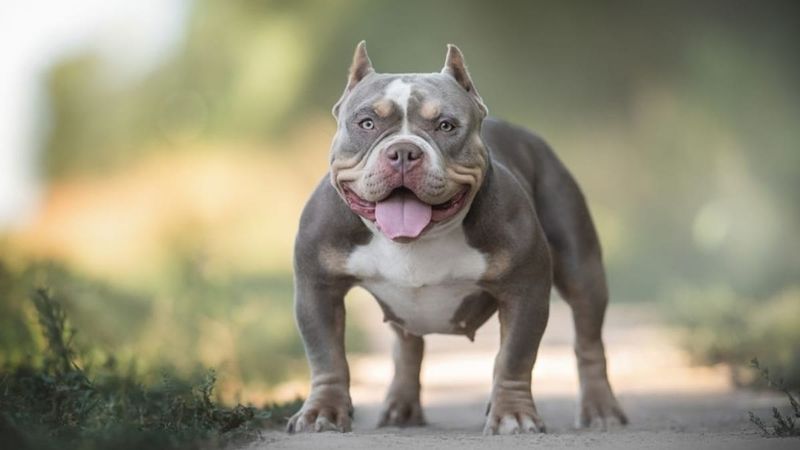
Resembling the early generations of the breed, Classics feature a more moderate build that harkens back to their pit bull ancestry. Their less exaggerated proportions include narrower shoulders, a less pronounced chest, and longer legs than the Standard.
Classics display remarkable athleticism and agility that sometimes gets lost in the more muscular varieties. Their more traditional appearance appeals to enthusiasts who appreciate the breed’s heritage.
These dogs excel in performance events like weight pulling and agility competitions.
5. American Bully Extreme: Sculptural Marvel
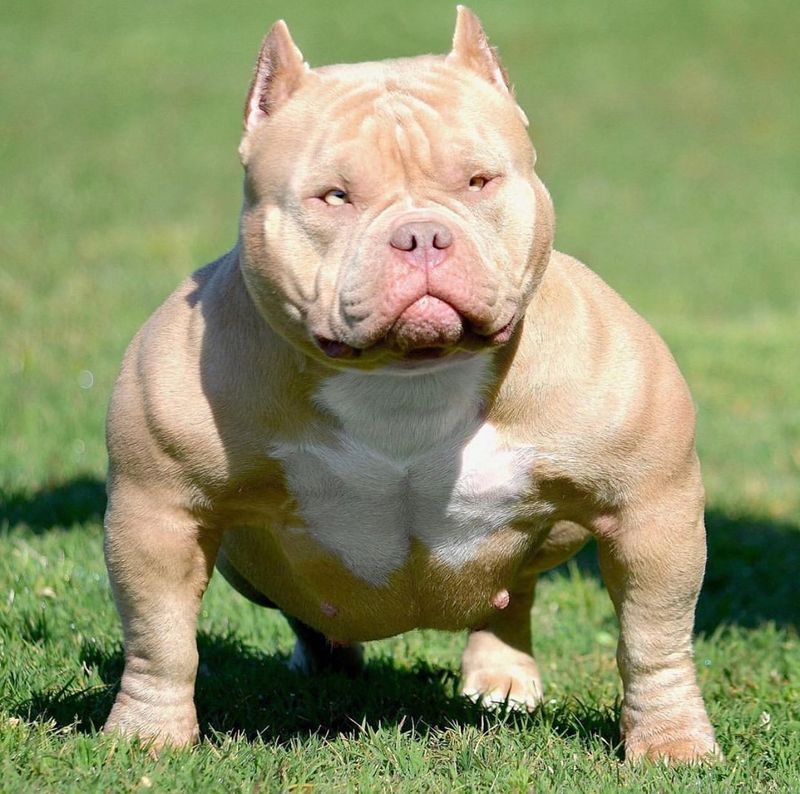
Like canine bodybuilders, Extreme Bullies showcase the most exaggerated features of any American Bully variety. Their dramatically wide chests, massive heads, and heavily muscled frames create a striking, almost sculptural appearance that turns heads everywhere.
Despite their intense physical presence, Extremes maintain the sweet temperament the breed is known for. Their substantial bulk means they typically prefer moderate exercise rather than extended activities.
Health-conscious owners should note that their exaggerated structure requires special attention to joint care and weight management.
6. History: From Companion To Showstopper
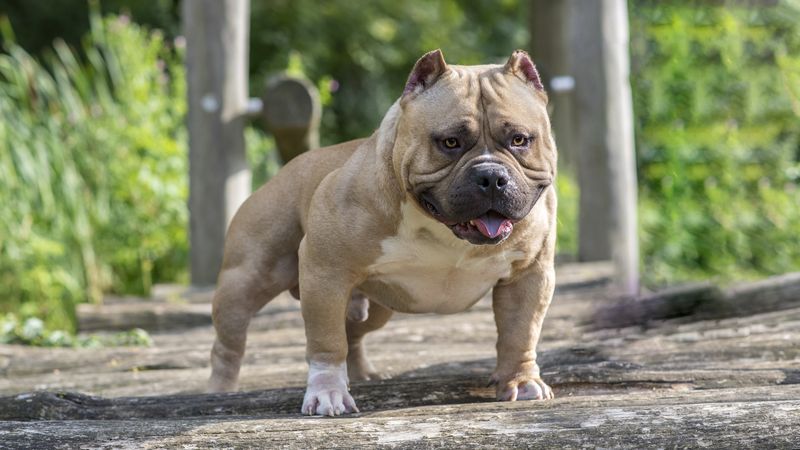
Born in the 1990s, the American Bully emerged from selective breeding of American Staffordshire Terriers and American Pit Bull Terriers. Breeders wanted to create the ultimate family companion with an impressive look but without the dog-aggressive tendencies of fighting breeds.
The American Bully Kennel Club (ABKC) officially recognized the breed in 2004, establishing standards for the different varieties. This recognition helped distinguish American Bullies from their pit bull ancestors.
Today’s Bullies bear little resemblance to their fighting ancestors, having been bred specifically for companionship and show qualities.
7. Temperament: The Heart Behind The Muscle
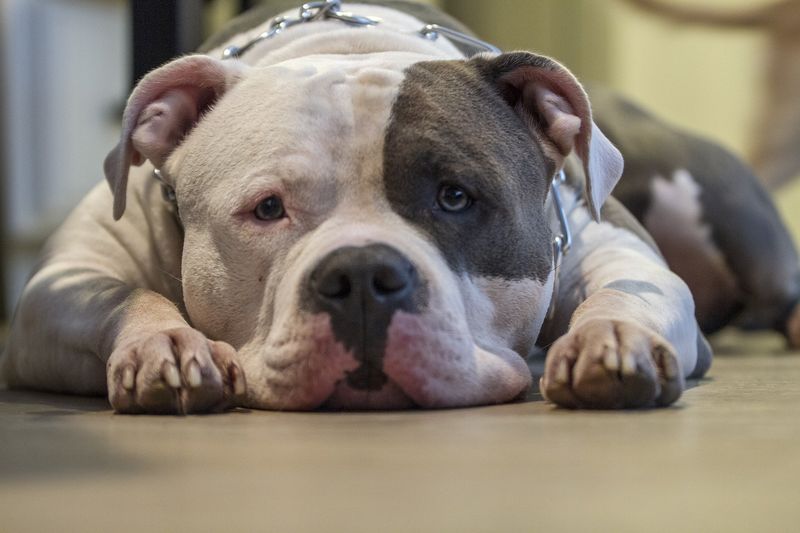
Beneath those impressive muscles beats the heart of a loving family dog. American Bullies across all varieties share a remarkably consistent temperament characterized by steadfast loyalty and surprising gentleness.
Their patient nature with children has earned them the nickname “nanny dogs” among enthusiasts. Unlike their fighting ancestors, modern American Bullies have had dog-aggressive tendencies specifically bred out of their bloodlines.
These social butterflies typically crave human interaction and often think they’re lap dogs despite their size!
8. Exercise Needs: Activity Levels Vary By Size
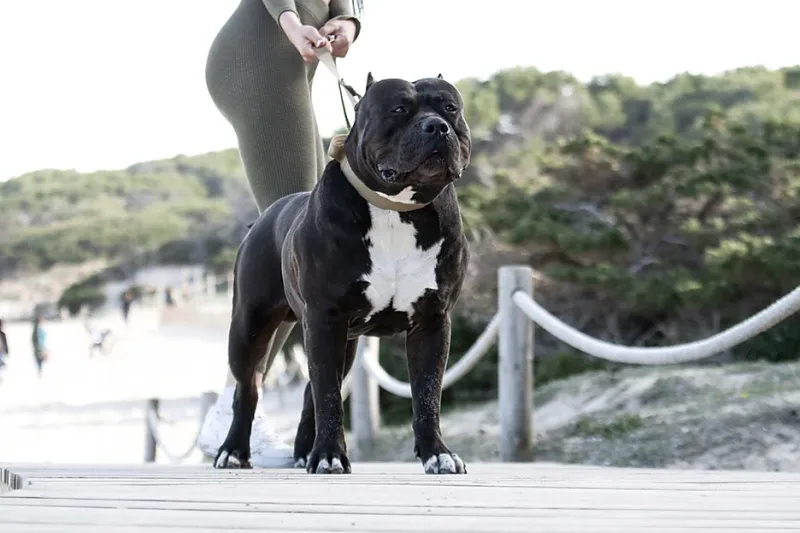
Classic and Standard Bullies typically require moderate exercise—about 30-45 minutes daily of walks or play. Their balanced builds allow for good stamina without excessive energy that demands constant activity.
Pocket Bullies, despite their smaller size, often pack surprising energy and benefit from interactive play sessions. The massive XL varieties generally prefer shorter, less intense exercise periods due to their substantial weight.
Extreme Bullies, with their exaggerated musculature, typically have the lowest exercise requirements.
9. Grooming: Low-Maintenance Coats, High-Maintenance Wrinkles
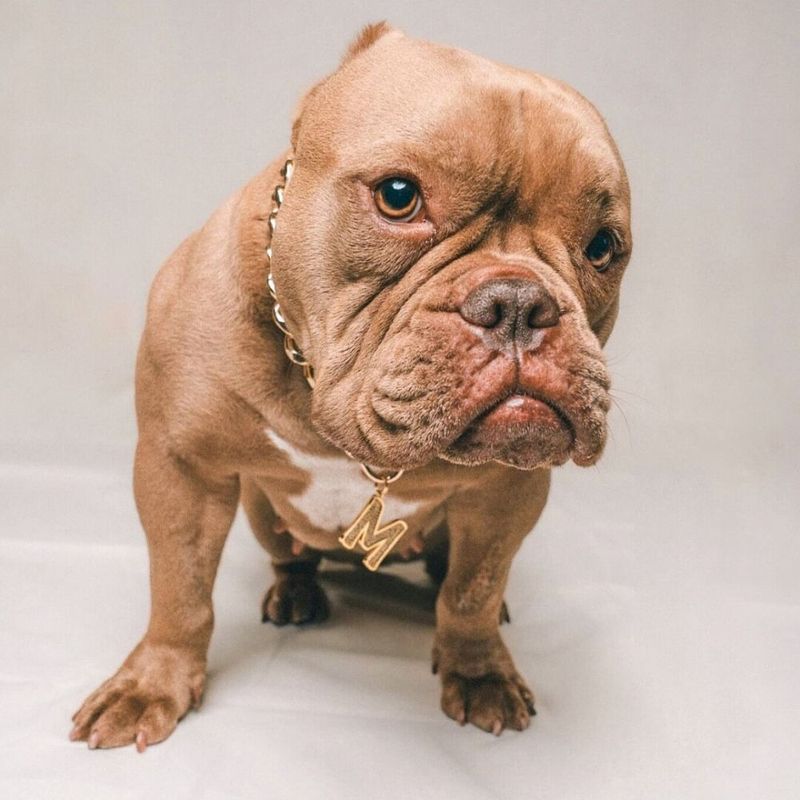
American Bullies sport short, glossy coats that require minimal brushing—a quick weekly once-over with a soft bristle brush is typically sufficient. Their moderate shedding makes them suitable for owners who prefer less hair around the house.
The real grooming focus lies in their skin folds and wrinkles, particularly in the more exaggerated varieties. These areas need regular cleaning to prevent moisture-related infections, especially around the face and tail pocket.
Nail trimming demands special attention as these powerful dogs can damage their dewclaws when playing.
10. Health Considerations: Size-Specific Concerns
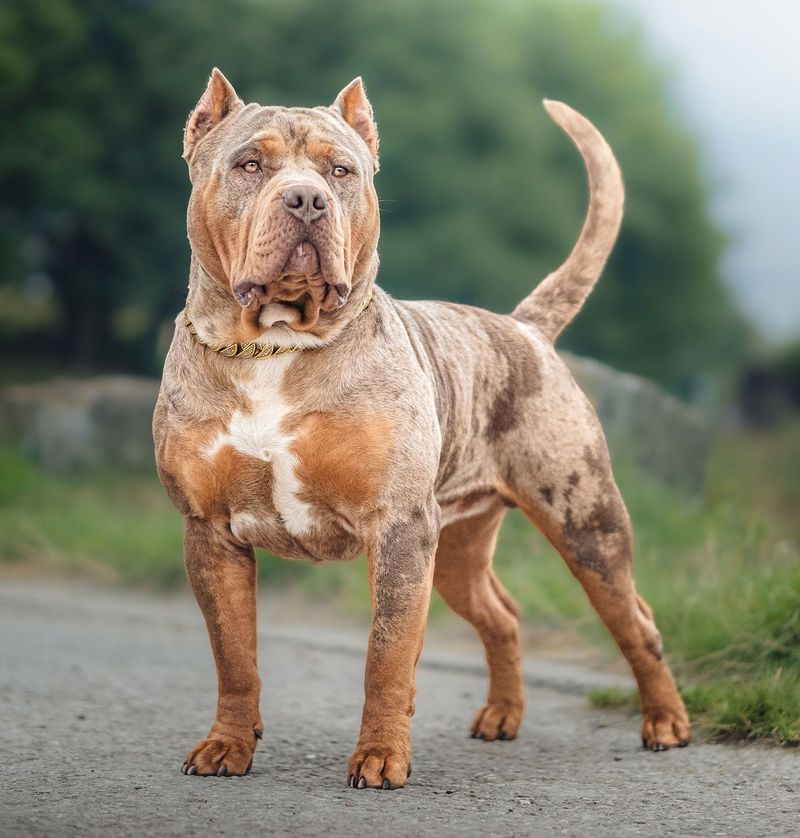
Joint health remains a primary concern across all American Bully varieties, with larger types more prone to hip and elbow dysplasia. The Extreme’s exaggerated structure particularly increases their risk for orthopedic issues without careful breeding.
Cardiac concerns appear more frequently in the Standard and XL varieties, making regular veterinary screening essential. Pocket Bullies sometimes face tracheal issues due to their compressed structure.
All varieties can struggle with skin allergies that manifest as itching, redness, or recurring infections.
11. Family Compatibility: Finding Your Perfect Match
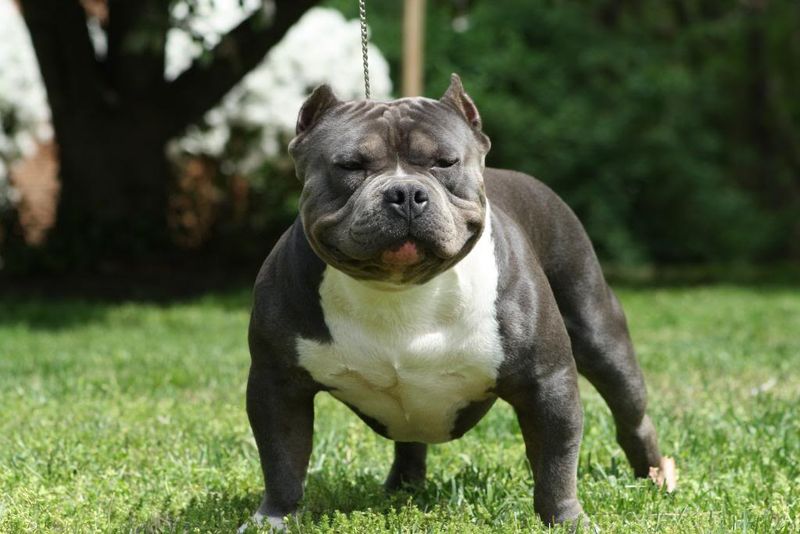
First-time dog owners often find the Standard and Classic varieties most approachable, offering balanced temperaments and moderate exercise needs. Their stable personalities make them adaptable to various family situations.
Families with young children might consider the patient Pocket or Standard varieties, whose energy levels complement active kids. The gentle XL Bully makes an excellent companion for families seeking a calm, imposing-looking but sweet-natured dog.
Apartments dwellers should lean toward the space-efficient Pocket variety.
12. Training Approaches: Consistent Methods, Varied Challenges
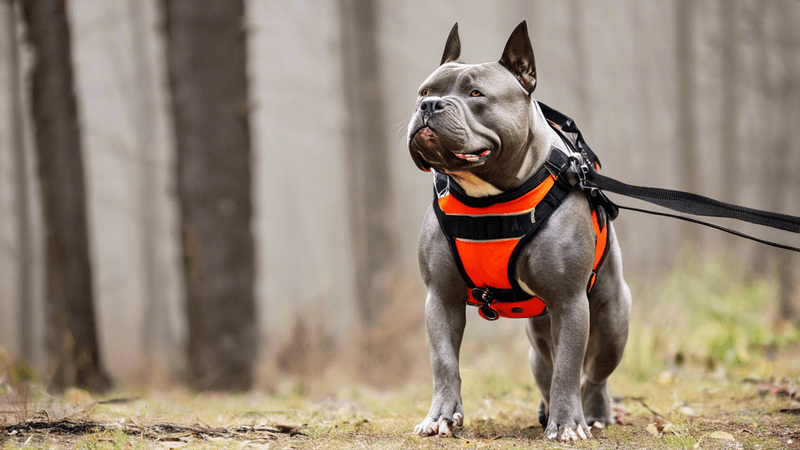
American Bullies possess surprising sensitivity despite their tough appearance. Their eager-to-please nature responds beautifully to positive reinforcement methods across all varieties, with harsh corrections often backfiring by damaging their confidence.
Physical differences do impact training approaches. The athletic Classic and Standard varieties excel in advanced obedience and even agility work, while the heavier XL and Extreme types may need modified activities that accommodate their build.
Pocket Bullies sometimes display a touch more stubbornness, benefiting from especially consistent training boundaries.
13. Physical Differences: Beyond Just Size
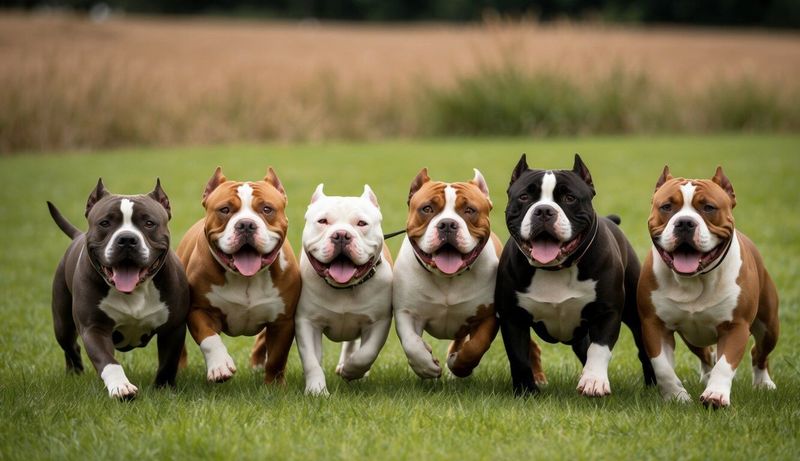
Head structure varies dramatically across types—Standards feature proportionate heads while Extremes showcase massive skulls with pronounced cheek muscles. These differences affect everything from how they eat to how they pant to cool down.
Chest width creates the distinctive Bully silhouette, with Classics showing moderate width while Extremes can appear almost twice as wide as they are tall when viewed from the front. This impacts their gait and athletic abilities.
Bone substance increases progressively from Classic to Extreme varieties.
14. Lifespan Expectations: Size Matters
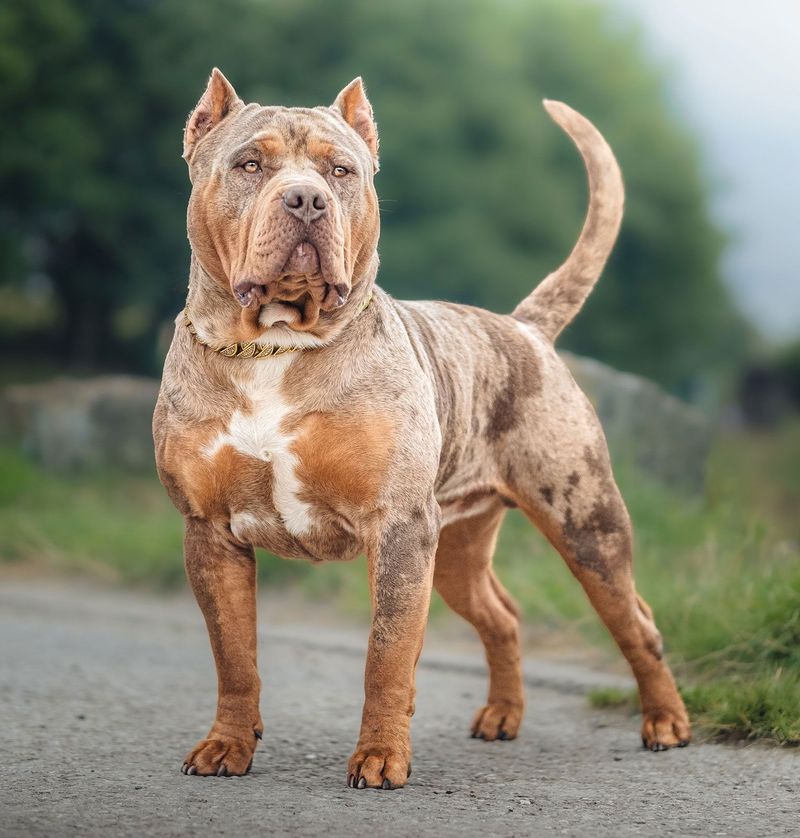
Pocket Bullies typically enjoy the longest lifespans among the varieties, often reaching 11-13 years with proper care. Their smaller size puts less stress on vital organs and joints, contributing to their longevity advantage.
Standard and Classic Bullies generally live 10-12 years when well-bred and maintained at healthy weights. The substantial XL Bullies typically have slightly shorter lifespans of 8-10 years, following the pattern of larger dogs living fewer years.
Extreme Bullies often face the shortest lifespans, with many reaching just 8-9 years due to their exaggerated structure.
15. Choosing Your Bully: Lifestyle Compatibility
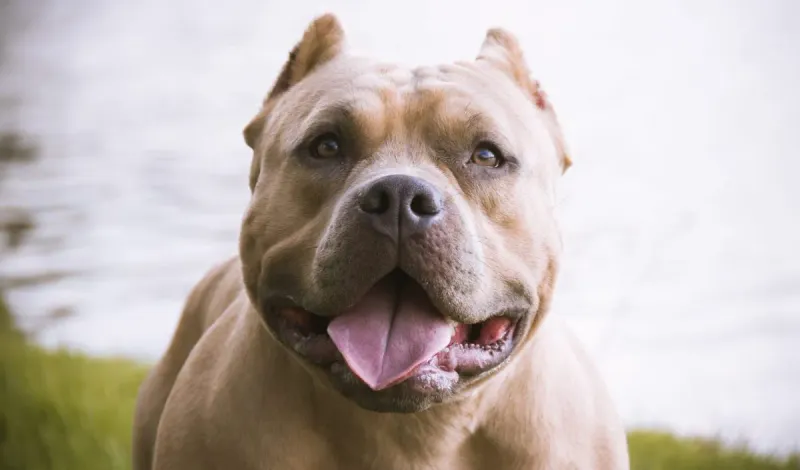
Active families might find their perfect match in the athletic Classic or balanced Standard varieties. Their moderate exercise needs and versatile abilities complement households that enjoy regular outdoor activities without requiring excessive exercise.
City dwellers with limited space should consider the compact Pocket Bully, whose smaller size doesn’t sacrifice the breed’s devoted temperament. First-time owners often succeed with Standards, whose balanced traits make them more forgiving of training inconsistencies.
Those drawn primarily to the striking appearance should honestly assess their commitment to the special care Extreme and XL varieties require.



